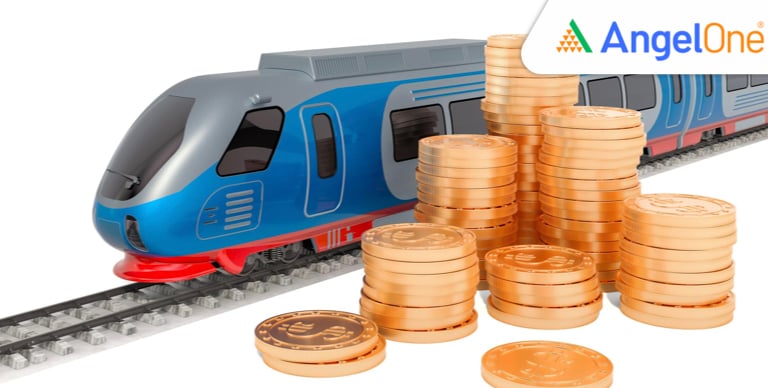
Union Railways Minister Ashwini Vaishnaw shared the revenue details of Indian Railways for the financial year ending March 31, 2024. The total revenue earned was ₹2,56,093 crore. The total expenditure was ₹2,52,834 crore. This resulted in a net revenue of ₹3,260 crore.
Indian Railways is one of the largest rail networks globally. It plays a significant role in India’s economy. In FY24, its contribution to India’s GDP was about 1.5%. The railway’s revenue comes from various key areas.
Freight operations are a major contributor to the earnings of Indian Railways. This has been especially true in recent years. In FY24, Indian Railways transported 1,591 million tonnes of freight. This is a significant increase from 1,233 million tonnes in FY21. This shows a growth of 29%.
Several initiatives have driven this growth. The Gati Shakti Multi-Modal Cargo Terminal (GCT) policy encourages private sector investment in modern freight terminals. This has improved efficiency and increased handling capacity. Schemes attracting private investment in specialized wagons have also helped. These wagons transport commodities like cement, oil, and automobiles efficiently.
Indian Railways has also expanded its range of transported goods. Policies like the ‘Cargo Aggregator Transportation Product’ and ‘Joint Parcel Product-Rapid Cargo Services’ have been introduced.
While freight is the main profit driver, passenger services also contribute significantly to revenue. Running special trains has helped. Increasing the capacity of existing trains is another factor. Introducing new trains with better facilities has also boosted passenger earnings.
Indian Railways is also focusing on non-fare revenue. The NINFRIS policy has introduced various services. These include nursing pods and luggage wrapping. Digital cloakrooms and retail kiosks at stations are also part of this.
The railway sector earns revenue from other sources as well. These include advertisements on trains and stations. Rent from commercial spaces like parking lots and ATMs is another source. Catering receipts also add to the revenue.
Indian Railways has a strong system for monitoring revenue. This is done continuously at each railway station. Stations are categorized based on passenger earnings and footfall. The categories are Non-suburban Grade (NSG1-6), Suburban Grade (SG1-3), and Halt Grade (HG1-3).
Revenue sources at each station are varied. Passenger earnings come from reserved and unreserved ticket sales. Freight earnings include the transportation of goods. Other coaching earnings include parcel and luggage charges. Sundry earnings include rent and catering receipts.
Officials at different levels oversee revenue collection. This happens at the station, division, and zonal levels. Digital applications developed by CRIS are used for this. Systems like PRS, TMS, and FOIS provide real-time data and analytics. This helps Indian Railways manage revenue effectively and make informed decisions.
Indian Railways demonstrated its financial strength in FY24, earning a substantial revenue. While managing modernization and affordability, its diverse revenue streams, particularly freight, and robust monitoring systems position it for continued growth and its vital role in India’s economy.
Disclaimer: This blog has been written exclusively for educational purposes. The securities mentioned are only examples and not recommendations. This does not constitute a personal recommendation/investment advice. It does not aim to influence any individual or entity to make investment decisions. Recipients should conduct their own research and assessments to form an independent opinion about investment decisions.
Published on: Apr 8, 2025, 11:25 AM IST

We're Live on WhatsApp! Join our channel for market insights & updates